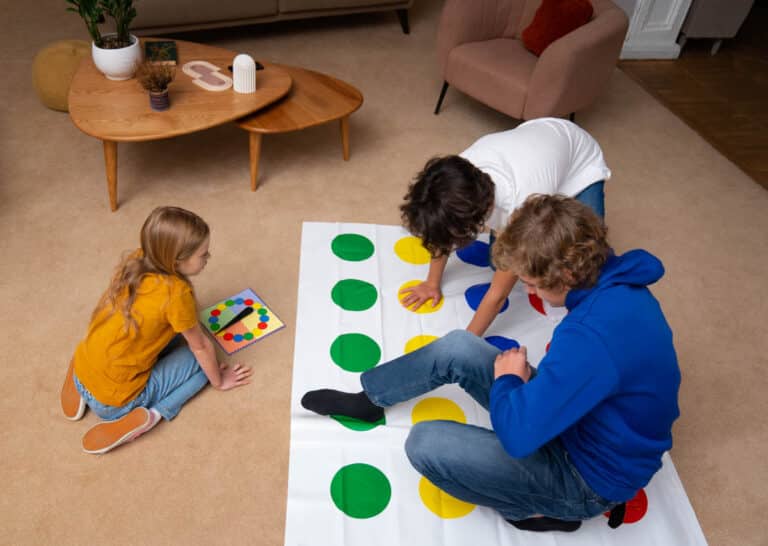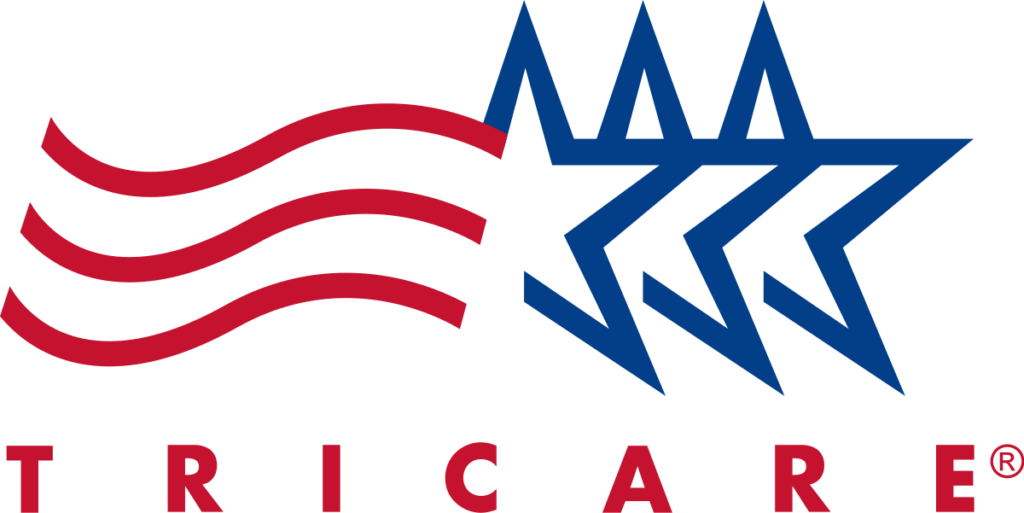Psychotherapy and Communication
Adult psychotherapy usually involves a lot of talking. It’s how adults express themselves. Most people in therapy prefer a therapist who speaks their primary language to guard against a language barrier in treatment. For children, their primary language is play. It is a natural process that builds trust, regulates emotions, reduces anxieties, encourages open communication, and promotes problem-solving to realize acceptable behaviors.
Defining Play Therapy
The Association for Play Therapy (APT) defines play therapy as “the systematic use of a theoretical model to establish an interpersonal process wherein trained Play Therapists use the therapeutic powers of play to help clients prevent or resolve psychosocial difficulties and achieve optimal growth and development.” (a4pt.org)
Despite its playful appearance, play therapy is a profoundly nuanced and evidence-based therapeutic approach with an 80-year history. It has been proven effective regardless of age, gender, or the nature of the problem. Trained play therapists work on a more profound level of play than what is experienced at home, often delving deeper than the client may initially realize.

Tools of Play Therapy
Play therapists use a variety of games, toys, and expressive arts to heal their clients. It is a valuable modality in treating behavioral issues caused by bullying, grief, divorce, abuse, and trauma. It also provides support for mental health disorders, such as anxiety, depression, conduct disorders, attention-deficit/hyperactivity disorders (ADHD), and social impairment.
Directive vs. Non-Directive Play Therapy
Play therapy can be either directive or non-directive.
Directive Play Therapy: In directive play therapy, the therapist directs the play by suggesting the activity. For example, the play therapist may choose a game with a therapeutic objective, such as Feelings Candy Land or Uno. In Feelings Candy Land, the therapist has a list that suggests a feeling for each color on the game board. When drawing a card with red square(s), the individual talks about something related to anger. If a card with a pink square is drawn, the individual talks about a special day. Other feelings in this game relate to being sad, embarrassed, happy, anxious/scared, or loved. In Feelings Uno, each card color relates to a feeling, and the numbers correspond with a question about that feeling. The therapist may also use games designed for a specific therapeutic purpose. Another directive approach may involve suggesting a theme for sand tray therapy or building Legos that align with the client’s therapeutic goals.
Non-Directive Play Therapy: Here, the client makes all the decisions. This is often considered child-centered play therapy. The client is offered options in the playroom and chooses what and how to play. Unlike directive therapy, where the therapist is actively involved in play, in non-directive play, the therapist acts as an observer. The therapist often narrates what the client is doing, such as saying, “I notice you are arranging the furniture in the dollhouse,” or “You put that person next to the tree in the sand.” The theme of child-centered play therapy is, “In here, you decide.” This provides a safe space for the client to freely express what they need to work through during that session.

Play Therapy for Teens and Adults
While play therapy is often considered a therapeutic approach used only for children, some teens and adults also find it helpful. Therapists working with teens and adults are more likely to use a directive form of play therapy, as clients of this age are often more comfortable with given themes or directions. For instance, the therapist may instruct the client to create a picture of a traumatic event they experienced or a place where they feel calm and safe.
Freedom of Expression in Play Therapy
Clients under the age of 10 often enjoy the freedom of child-centered therapy, as it is often the only environment where an adult isn’t telling them what to do. This therapeutic intervention allows the client to express themselves without fear of doing it “wrong.” Regardless of whether play therapy is directive or non-directive or the client’s age, there is no “wrong” way to participate in play therapy.

The therapist’s role is to guide the client in working through their problems, whether that role is directing the play or participating as an observer. Through the client’s play, the therapist and client both gain a deeper understanding of what initially brought them to therapy.

Kara Jansen - MA, RMHCI
Sometimes taking the first step into therapy seems so hard and sometimes it is as natural of a process as taking your next breath. People come to therapy from a variety of backgrounds and beliefs, and I strive to provide everyone who enters my counseling room with a safe and compassionate environment to enable you to comfortably express your thoughts and emotions as you work toward healing.
















